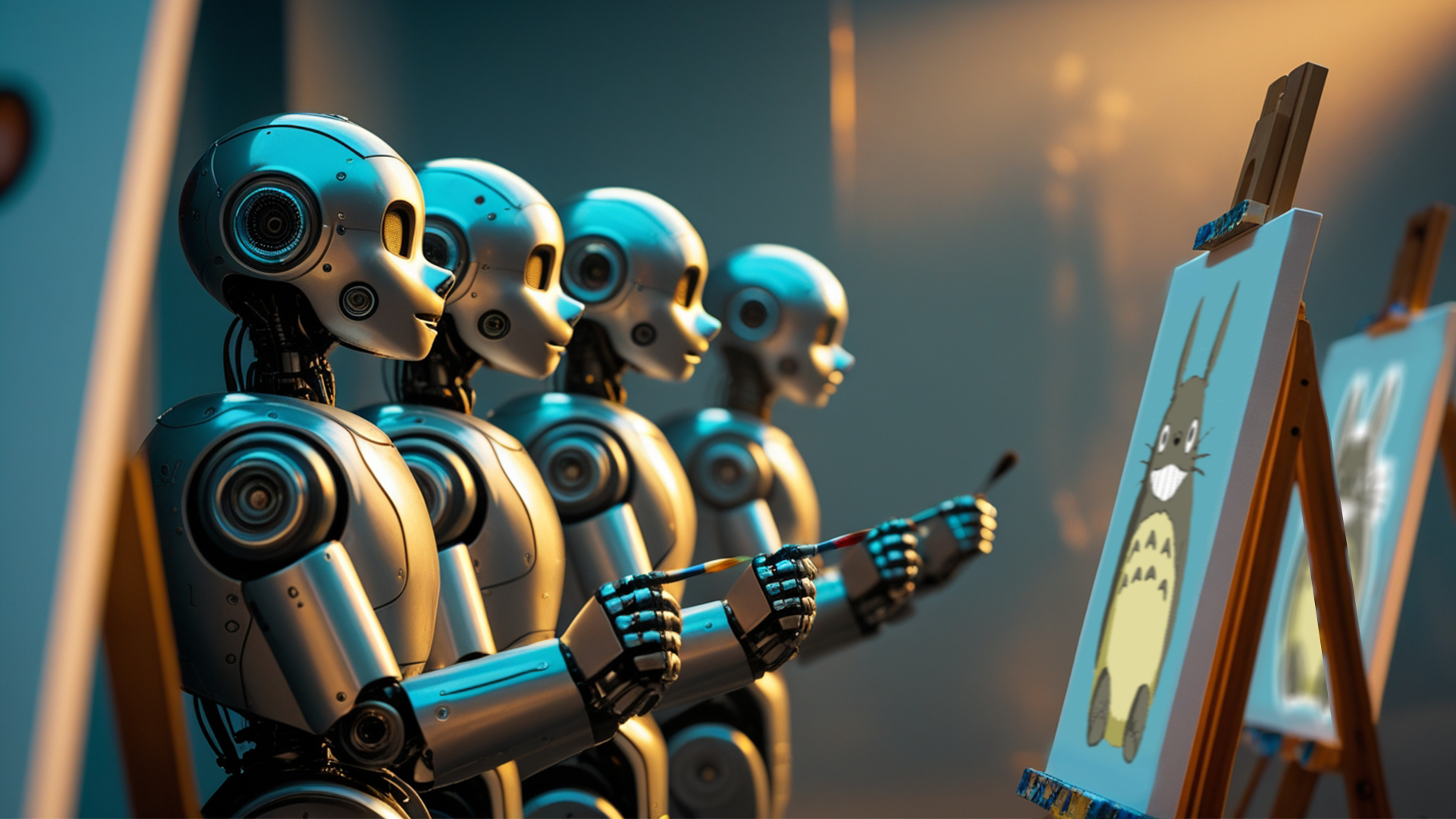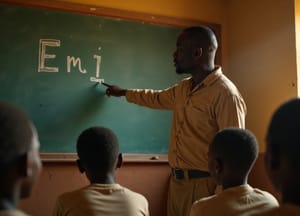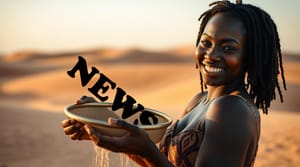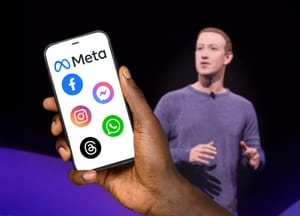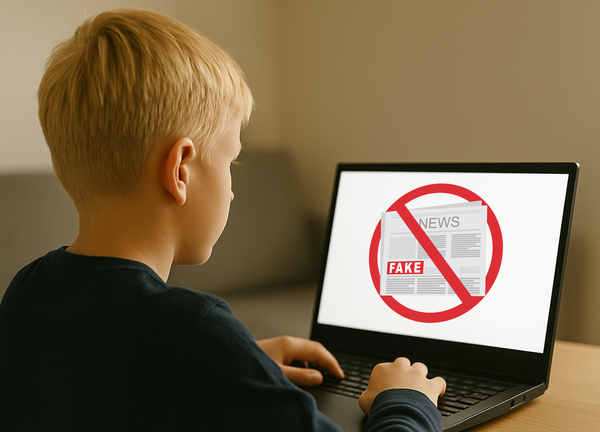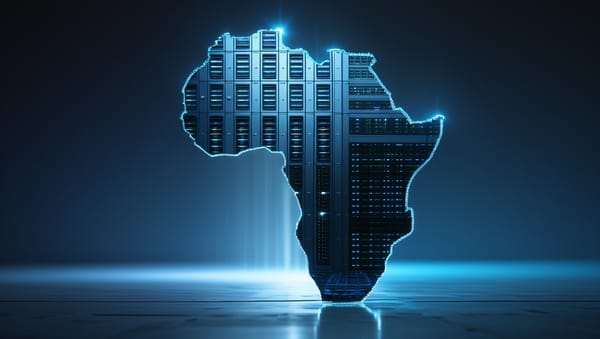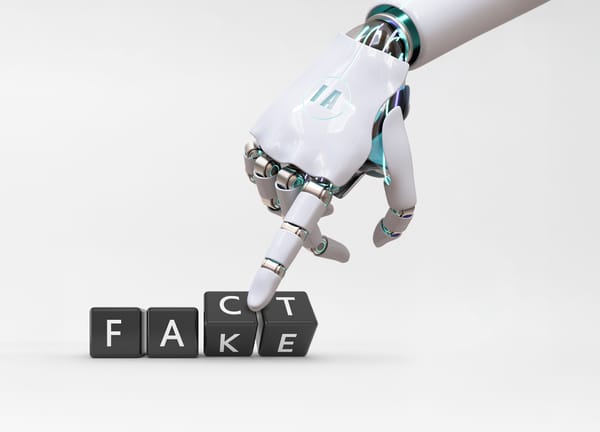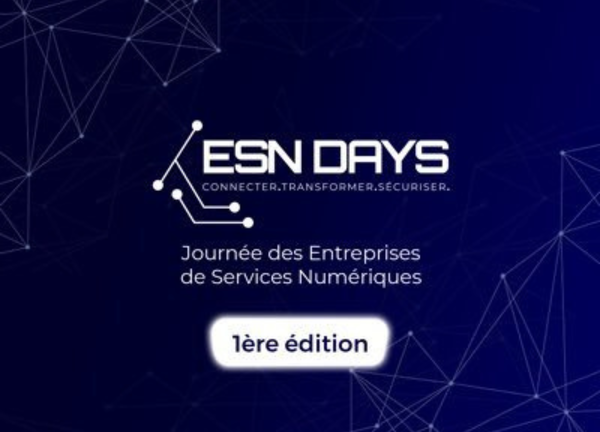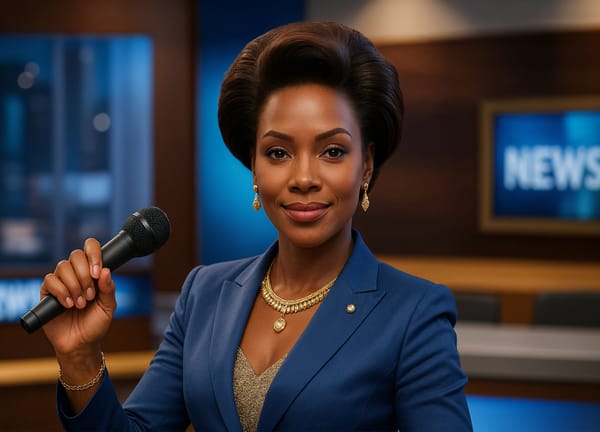Written by Kosisochukwu Charity Ani
What does art represent for you? A lively painting, a captivating play, a poignant poem, or perhaps a song that touches you deeply? Like crude oil, art often arises in raw form, ideas arising from obscure corners of the mind. It is thanks to the effort of the artist that he becomes something significant, beautiful and sometimes invaluable. But unlike oil, artistic creation is particularly vulnerable: its value can be extracted, reproduced and shared without much recognition or consequence.
Recently, social networks have ignited around images generated by AI with a striking resemblance to the gentle and poetic aesthetic of the Ghibli studio. Created thanks to the OpenAi images generation tool, probably dall, these images with soft and enchanting shades have attracted thousands of people, awakening at home the nostalgia and the emotional depth of the famous animations of Hayao Miyazaki. Users quickly recreated fantastic versions of themselves and their environment in this emblematic artistic style, all in a few minutes. This once required hundreds, even thousands of dollars and hours of artistic work, could now be obtained for free with a simple online request.
However, the initial fascination quickly gave way to controversy. On platforms like X (formerly Twitter) and Reddit, users were both impressed and troubled. In the midst of praise, many were worried about the ethical implications: can artificial intelligence legitimately reproduce a style so intimately linked to human know-how? Was it a sincere tribute or a violation of the creative process? While some admired the authenticity with which AI imitated the Ghibli style, others denounced a potential form of manipulation or digital plagiarism.
AI behind art
As Léon Tolstoy wrote in "What is art?" "," Art is a means of union between men, bringing them together by common feelings ". Art transcends languages, borders and time, allowing individuals to connect by a common emotion and imagination. Likewise, the Tate Modern defines art as everything that people consider as such, emphasizing its subjective and evolving character. This ambiguity is at the heart of the current controversy: when a algorithm reproduces a deeply personal style, can we always speak of "art"?
At the center of this debate is the model of generation of Openai images, probably dall, trained on huge online image databases covering a multitude of styles and formats. Rather than copying a particular work, the model identifies patterns in brush strokes, color palettes and compositions to generate new images in a chosen style. A simple request such as "a comfortable house in the forest in the Ghibli style" can thus produce almost indistinguishable results of the iconic scenes of the Ghibli studio.
The reactions among artists and fans are very divided. Independent illustrators argue that AI formed on non -credited works involves originality and devalues years of artistic practice. As an artist on Instagram pointed out, "there is a difference between being inspired by a style and automating the soul of an artist". Others, conversely, say that AI is simply a tool, in the same way as Photoshop or a digital brush, making it possible to democratize creativity. For those who have no formal training, generating a work in a beloved style seems liberating and non -user. But the debate persists: if a model can produce an indistinct work of that of a famous artist without paying tribute to him, is it not a violation of the mind, if not of the letter, of copyright?
The gray copyright area
Will AI really take your job and steal your creativity? Legally, the question remains unclear. If specific characters and works are protected by copyright, visual styles are not. Thus, AI can reproduce Ghibli aesthetics without technically breaking the law. Some specialists suggest the need for new legal frameworks to take into account the stylistic identity in a context where machines can reproduce it without context, consent or compensation. Others warn against an over-regulation that could stifle innovation or artistic reinterpretation.
To date, the Ghibli studio has not officially reacted to these images generated by AI. However, Hayao Miyazaki, co -founder and president of the studio, has already expressed his skepticism towards the use of AI in artistic creation. In 2016, he even described the animation generated by artificial intelligence " insult to life itself" . This vision, based on the importance of emotion and human gesture in art, further accentuates the discomfort felt by some by seeing the aesthetics of its studio reproduced by a machine.
With these recent events, we seem to the crossroads of artistic paths. This controversy around Ghibli style goes far beyond the studio: it shows that without adapted regulation, AI represents a threat to human intelligence and creativity. The question remains: can we exploit the capacities of AI while preserving the very soul of art? Is it possible to celebrate these new technologies while protecting the uniqueness of human creations? While tools like Dall evolve, it is urgent to think about how to honor inspiration without promoting imitation.
In this new artistic landscape, the challenge is not only to define legal borders, but to preserve the integrity of art into a world where even machines can dream of watercolor. The art generated by IA increasingly blurs the boundaries between plagiarism and appropriation, thus placing the creative world in the face of a decisive period. Whether it is a new territory of creativity or a slow erosion of human know-how will not only depend on technology, but also on the choices that we will make to regulate, respect and reinvent what art can and must be.

